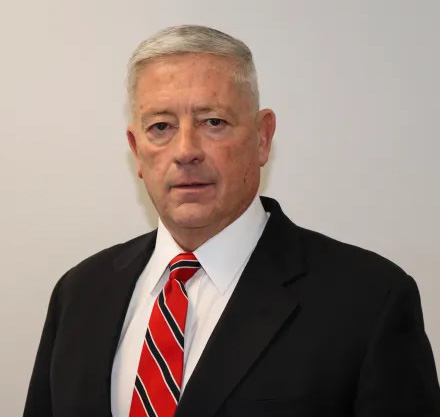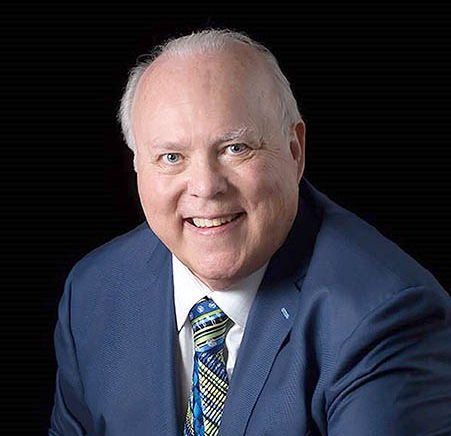
SUMMARY
A common misconception in the water world is that life jackets and other types of personal flotation devices (PFDs) are only necessary for non-swimmers. U.S. Coast Guard–approved life jackets and PFDs can mean the difference between having fun in and on the water and having it be your last time in the water.
GENERAL INFORMATION
Where causes of death among boating fatalities in 2022 are known, 81 percent of the victims drowned, according to the United States Coast Guard. In cases where it is known whether or not life jackets were in use, 85 percent of the victims were not wearing life jackets, and two-thirds of the victims were reportedly good swimmers.
All Scouting programs must follow Safety Afloat guidelines for all boating activities. These guidelines require life jackets to be worn by everyone in boating activities, including rowing, canoeing, sailing, boardsailing, motorboating, waterskiing, rafting, tubing, and kayaking.
Type III life jackets (or Performance Level 70-100) are recommended for general recreational use. Be sure to check state and federal regulations related to additional requirements. For vessels over 20 feet in length, life jackets use is explained in the Guide to Safe Scouting.
The Proper-Fitting Life Jacket
A life jacket is in serviceable condition and water tested before use. When worn, it does not rise above your ears in the water or rise above your shoulders on land. Adjust the straps or exchange the life jacket for the proper size if either occurs. A good lifejacket fit is secure, comfortable, and adjustable.
Performance Type Devices:
- Type I has the greatest required inherent buoyancy and turns most unconscious persons in the water from a face-down position to a vertical and slightly backward position, significantly increasing one’s chance of survival.
- Type II – intended to turn some unconscious persons from a face-down position in the water to a position where the wearer’s respiration is not impeded.
- Type III – intended to support a conscious person in the water in an upright position. This device is not required to turn an unconscious person in the water from a face-down position to a position where the wearer’s respiration is not impeded.
- Type V – is approved for restricted uses or activities such as boardsailing or commercial whitewater rafting. These devices may not be suitable for other boating activities. The label indicates whether a particular design of Type V can be used in a specific application, what restrictions or limitations apply, and its performance type.
Performance Level Devices:
- Level 50 – intended for use by those who are competent swimmers and who are near to bank or shore or who have help and a means of rescue close at hand.
- Level 70 – intended for use by those who have help or a means of rescue close at hand or who are near the bank or shore. These devices have minimal bulk and cannot be expected to keep the user safe for an extended period in disturbed water.
- Level 100 – intended for those who may have to wait for rescuers but are likely to do so in sheltered water. The device should not be used in rough water.
- Level 150 – intended for general application or use with foul-weather clothing. It will turn an unconscious person into a safe position and requires no subsequent action by the user to maintain this position.
- Level 275 – intended primarily for offshore use under extreme conditions.




